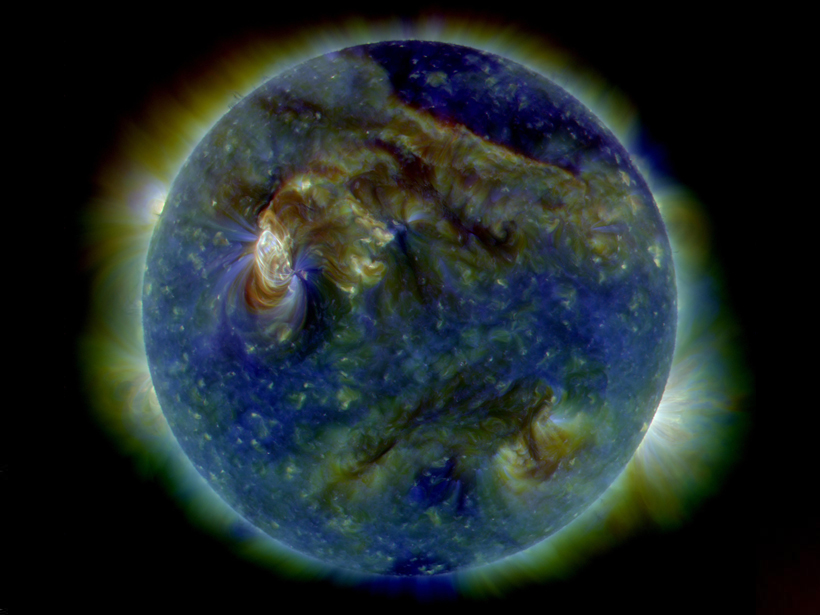A hypothetical, space weather–induced power grid catastrophe served as a practice case for building unity and collaborative skills among disparate communities to address a major global hazard.
Ryan McGranaghan
Posted inOpinions
Eight Lessons I Learned Leading a Scientific “Design Sprint”
Applying the fast-paced technique, pioneered by Google to spur rapid innovation, to space science yielded unexpected benefits and may be a model for collaborations across many scientific disciplines.
Posted inScience Updates
How Do We Accomplish System Science in Space?
Exploring Systems-Science Techniques for the Earth’s Magnetosphere-Ionosphere-Thermosphere; Los Alamos, New Mexico, 24–26 July 2018



